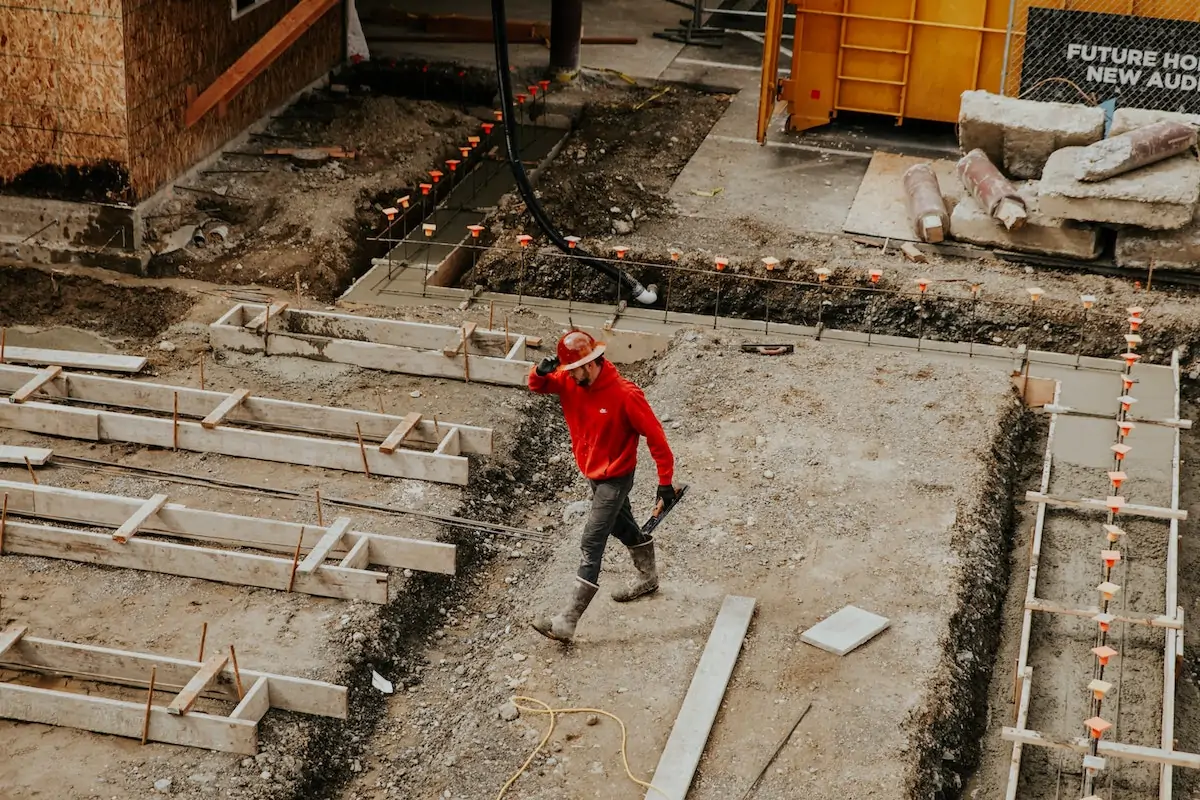
New VAT Reverse Charge For Construction Sector
15 Oct 2020It’s been a long time coming, but March 1st finally sees HMRC’s change to VAT rules for the construction industry come into operation - ‘VAT reverse charge on construction and building services’.
Under the new system, if you are a VAT-registered subcontractor supplying qualifying services to other construction industry contractors, you must show, but no longer charge, the correct rate of VAT on your invoices to contractors from 1st March 2021.
Instead, the contractor has to account for the VAT to HMRC.
The new system applies to activities covered by Construction Industry Scheme (CIS) payment rules. It covers both standard and reduced-rate VAT supplies to VAT-registered contractors making onward supplies of the services to ‘end users’, such as landlords, property developers, tenants or property owners.
The new system puts a number of requirements on contractors, sub-contractors and professional advisers. To help you understand the changes and manage the transition, our small business accountants have produced a detailed guide to the procedures.
In this article, we briefly explain the new procedures and look at the administrative and cash flow implications for your business.
VAT reverse charge: A new system to reduce fraud
The new system aims to reduce HMRC’s risk of losing VAT revenue through fraudulent activities by some subcontractors.
Under the existing system, fraudulent sub-contractors could charge and receive VAT payments, but fail to account for it, or ‘disappear’ without paying HMRC. Now, they can no longer charge or receive VAT as a source of income.
Guidelines for subcontractors
To decide if the reverse charge rule applies to a particular transaction, you must make a number of checks:
-
Is the contractor registered for VAT?
-
Is the contractor registered for the Construction Industry Scheme?
-
Is the work within the Construction Industry Scheme?
-
Is the work subject to VAT at 5 percent or 20 percent?
-
Is the work zero-rated for VAT?
-
Is the contractor acting as an end user or intermediary supplier for this work?
-
Are you acting as an employment business, supplying labour only?
If the answer to the first four questions is ‘yes’, you must apply the reverse charge rule and show the appropriate rate of VAT on your invoice.
If the answer to questions 5 to 7 is ‘yes’, normal VAT rules apply and you must invoice accordingly.
Confirm the contractor’s details
To ensure you comply with the new requirements, it’s important to confirm certain details before raising a reverse charge invoice.
-
Ask for the contractor’s VAT number.
-
Confirm that the contractor is a member of the Construction Industry Scheme.
-
Ask the customer to confirm that they are not an end user or intermediary supplier for the work to be invoiced.
-
Check that you are applying the correct rate of VAT.
It’s also helpful to advise the contractor that you will be providing a reverse charge invoice and remind them that they must declare the VAT on their return. This is particularly important in the early stages of the transition.
Create a VAT reverse charge invoice template
You will need to update your accounting system to ensure your invoices are in the correct format for reverse charge or normal VAT invoicing. We recommend Xero as the most suitable system for your business.
-
Always raise sales invoices dated 1st March onwards from Xero.
-
Set up a VAT reverse charge invoice template in Xero.
-
Set default VAT rates for customers in Xero where the new reverse charge will apply.
-
Add the contractor’s VAT number into Xero.
-
Include this statement on the invoice - ‘Reverse charge: VAT Act 1994 Section 55A applies’.
-
Include a reminder statement on the invoice that VAT is not charged or payable, but the contractor must declare the VAT on their VAT return.
Guidelines for contractors
If your business is VAT-registered and you receive a valid VAT reverse charge invoice from a subcontractor, you must account for the VAT on your own VAT return.
To decide if the VAT reverse charge rule applies to a particular transaction, you must confirm a number of points to ensure the invoice is valid:
-
The sub-contractor is registered for VAT.
-
The sub-contractor is registered for the Construction Industry Scheme.
-
The work invoiced is within the Construction Industry Scheme.
-
The work invoiced is subject to VAT at 5 percent or 20 percent and not zero-rated.
-
You are not an end user or intermediary supplier for this work and you have confirmed your status to the sub-contractor.
-
The supplier is not an employment business supplying labour only.
Dealing with VAT reverse charge invoices
If you are satisfied that the invoice is valid under the new rules, you must make arrangements to account for the correct amount of VAT on your next VAT return.
When you settle the invoice, ensure that you only pay the net value of the invoice.
Remind your sub-contractors that you will reject normal VAT invoices where the VAT reverse charge applies.
Implications of the new system
The change will increase the amount of administration for both contractors and sub-contractors. However, using an accounting system such as Xero can simplify the process through the use of templates.
A more important challenge for subcontractors is cash flow. Under the existing system, if the VAT on an invoice totalled £500, for example, you would have been able to use that amount in your business from the date you received it until it was due for payment to HMRC.
Depending on dates of invoicing, receipt and VAT payment, you could have had that money for up to four months. If margins in your business are tight, that could have been a useful source of short-term funds to ease cash flow.
One way in which you can ease the cash flow situation is to switch to monthly VAT filings. That way, any VAT refunds due to your business will be in your account sooner. As you may not be charging VAT on most of your sales after 1st March, you may be due for refunds as a ‘repayment trader’.
Related: How to do a cash flow forecast
Support from Accounts and Legal
This is a brief outline of the steps you have to take to comply with the new system from 1st March. Our guide to the changes provides more detail on the procedures and the checks you need to make.
If you would like to receive a copy of the guide, or if you would like to discuss any aspect of the changes, our team of experienced London accountants will be glad to help.
We offer a full range of tax services, To find out more, please contact us on 0207 043 4000 or info@accountsandlegal.co.uk, or try out our instant accountancy quote tool.
Read More: VAT in the food industry
Read More: How businesses can reclaim VAT paid in other EU countries
Read More: Does a small business have to pay VAT on its AdWords spend?





















